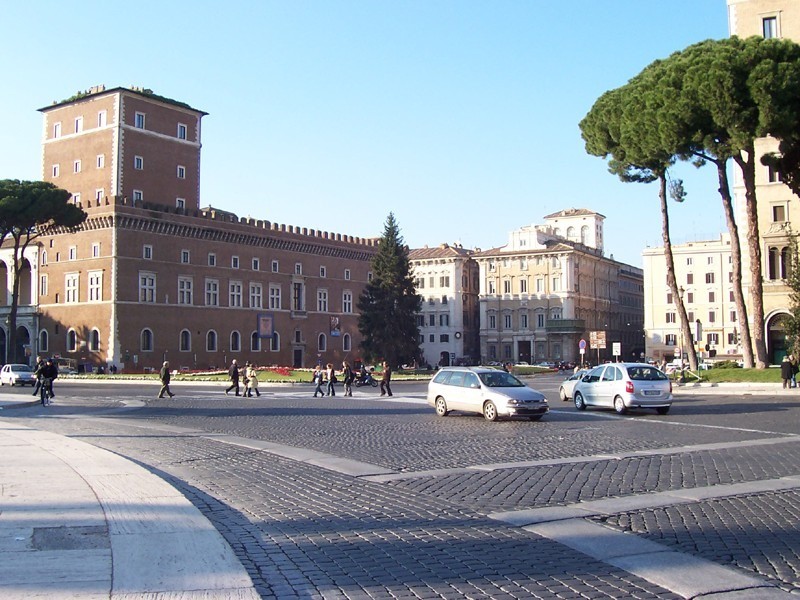Venice Palace, in the centre of Rome, dates back to the Renaissance and it was largely modified by Mussolini to adapt the building to his political and government needs. From the balcony of the Globe Room, Mussolini harangued the crowds on numerous occasions.
The museum that is now situated in the Venice Palace has removed all references to the Fascist past of the building. The Globe Room, which hosted the office of Mussolini, is now open only for special exhibitions, as well as the Great Council Room, where the meetings of the highest organ of the Fascist Party were held. It was in this room that the meeting which brought a no-confidence vote for Mussolini’s government took place. The no-confidence vote ultimately resulted in the fall of Mussolini and the whole Fascist regime.
The disastrous fate of the war and the Allied landings in Sicily caused a loss of confidence in Mussolini's abilities by the Fascist hierarchy, which voted 19 against 7 in favour of the destitution of Mussolini; the vote culminated in the arrest of the dictator and signalled a new chapter of the Italian war experience.
